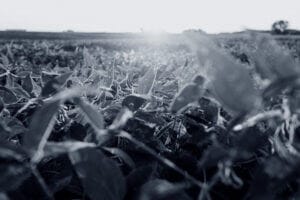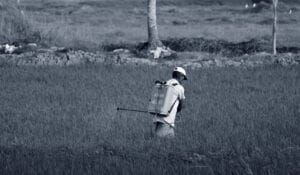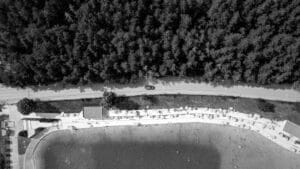Climate Adaptation
HIGHLIGHTS
- In addition to mitigating climate change, we must also adapt to changes already occurring
- Applying behavioral science can help people follow through on adaptation efforts
- Our report Act to Adapt provides examples across extreme events, disease, and agriculture
The Challenge
The world is changing, and we must change too. From heat to hurricanes, floods to fires, climate change cuts across all aspects of life on Earth. While we can, and must, continue to mitigate today’s unprecedented scale of atmospheric greenhouse gas concentrations, it is also essential to adjust our structures, systems, and societies in response to the impacts of climate change that are already occurring—efforts known as climate adaptation.
When it comes to addressing climate change, we know from studying behavior that many of our instincts fail us. Humans are not natural long-term planners, and we all share tendencies that make it challenging to adapt to complex new realities. However, using knowledge of human behavior, we can identify barriers to effective action and then design better programs, products, and policies that help more everyday people and key decision-makers follow through on adaptation efforts—setting everyone up for stronger futures.
Our Approach
Behavioral science has already contributed to climate mitigation. The same set of behavioral science tools and techniques that increased energy conservation and reduced household water consumption can also help us adapt to our changing climate in ways that support health and save lives. To begin to map out how cities, policy-makers, government agencies, emergency managers, environmental groups, and behavioral scientists can work together to do this, we set out to explore how behavioral science can support climate adaptation and published our findings and case studies in Act to Adapt: Behavioral Design for Climate Adaptation.
In the piece we demonstrate ways behavioral design can meaningfully support adaptation efforts across three impact areas: extreme events, disease, and agriculture. For each area we provide two real-world case studies and draw from behavioral principles and design processes to propose new behavioral solutions to pressing problems. The cases include:
- Wildfire in California
- Cyclones in South Asia
- Heat illness among U.S. agricultural laborers
- East Africa malaria
- U.S. midwestern agriculture
- Sahel agriculture
We also introduce the concept of SCOPE Decisions. While influencing decisions and behaviors through quick, cost effective, and incremental interventions is one key focus of our work, behavioral science should also address more complex decisions, which are Structural, Contextual, Occasional, Political, and/or Expert-Driven (SCOPE). These decisions might look like:
- Developing long-term climate adaptation plans for cities
- Allocating finite water resources
- Rolling out disaster response protocols
- Establishing early warning systems for disease outbreaks
Takeaway
Climate change is a challenge of unprecedented scope and scale, but with collaboration, tenacity, and humility, we can create equitable solutions where all people can thrive. It is time to recognize that those who are hardest hit by climate change have least contributed to the problem, and it is time to reduce the harm that is yet to come. It is time to adapt.
We look forward to using behavioral design not only for robust mitigation efforts but also to accelerate the urgent work of adapting to our world.
Read the full report, Act to Adapt: Behavioral Design for Climate Adaptation, to learn more, and share your thoughts with us through this survey.
Interested in learning more about our work applying behavioral science to climate adaptation? Reach out to us at sarah@ideas42.org or tweet at @ideas42 to join the conversation.









